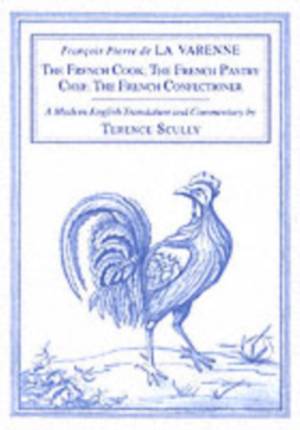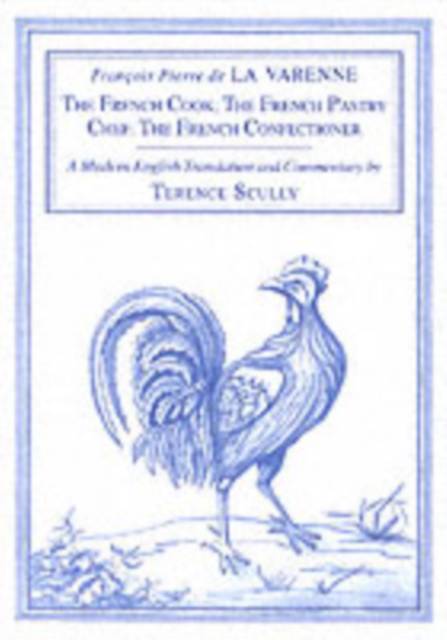
- Retrait gratuit dans votre magasin Club
- 7.000.000 titres dans notre catalogue
- Payer en toute sécurité
- Toujours un magasin près de chez vous
- Retrait gratuit dans votre magasin Club
- 7.000.0000 titres dans notre catalogue
- Payer en toute sécurité
- Toujours un magasin près de chez vous
La Varenne's Cookery
The French Cook, the French Pastry Chef, the French Confectioner
Francois Pierre De La Varenne
Livre relié | Anglais
135,95 €
+ 271 points
Description
These three books by Francois Pierre de la Varenne (c. 1615-1678), who was chef to the Marquis d'Uxelles, are the most important French cookery books of the seventeenth century. It was the first French cookery book of any substance since Le Viandier almost 300 years before, and it ran to thirty editions in 75 years. The reason for its success was simply; it was the first book to record and embody the immense advances which French cooking had made, largely under the influence of Italy and the Renaissance, since the fifteenth century. Some characteristics of medieval cookery are still visible, but many have disappeared. New World ingredients make their entrance. A surprising number of recipes for dishes still made in modern times (omelettes, beignets, even pumpkin pie) are given. The watershed from medieval to modern times is being crossed under our eyes in La Varenne's pages. So important was this book that English cooks of the time immediately bought copies and one (anonymous) even translated it into English in the middle of the Puritan rule of Oliver Cromwell. This translation, as is the original, is extremely difficult to understand: there are difficult words, omissions, mistranslations, and other opacities. Terence Scully has solved all modern readers' problems by undertaking a modern translation with detailed commentary of the original French texts. His work takes cognisance of the early English translation, as well as not ignoring contemporary works available to those early cooks for purposes of comparison and contrast. The book is invaluable it for what it tells us of the workings of the French kitchen in the seventeenth century. Each of these three works aims to be exhaustive in the subject area it treats. The first, the largest, deals with general cookery, presenting some 800 recipes intended to guide a professional cook in a wealthy household on the preparation of dishes for various courses in meals served on days that were or were not designated by religious custom as days of so-called fasting. The second assembled all that La Varenne knew about pastry and batter and the wide assortment of dishes they entered into - or at least all that he thought it might be useful to set down for the guidance of a professional cook, such as himself, working in a relatively affluent household. Similarly the third book, the shortest and least attributable to La Varenne, presents a survey of ways in which a number of foodstuffs can be treated with sugar syrups, both to preserve them and to enhance their savour. Appended to this last work is a curious and apparently unrelated little treatise on the folding of table napkins.
Spécifications
Parties prenantes
- Auteur(s) :
- Traducteur(s):
- Editeur:
Contenu
- Nombre de pages :
- 655
- Langue:
- Anglais
Caractéristiques
- EAN:
- 9781903018415
- Date de parution :
- 19-05-20
- Format:
- Livre relié
- Format numérique:
- Genaaid
- Dimensions :
- 182 mm x 252 mm
- Poids :
- 1288 g

Les avis
Nous publions uniquement les avis qui respectent les conditions requises. Consultez nos conditions pour les avis.






